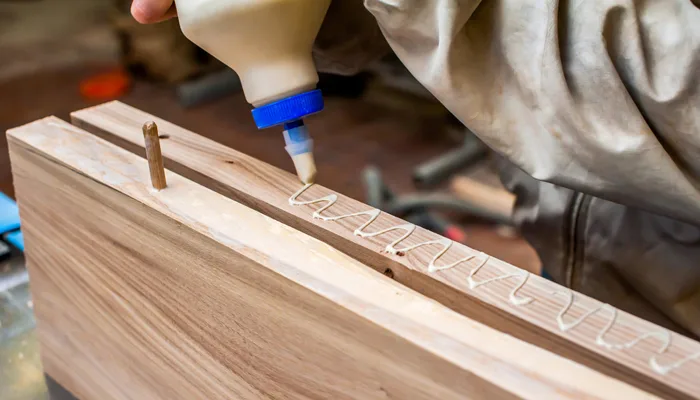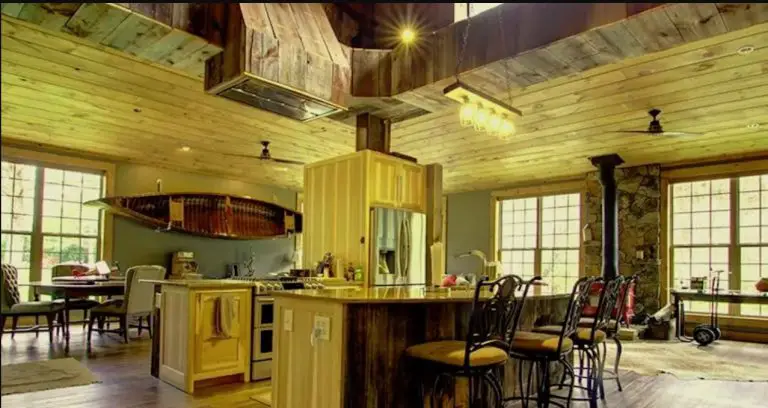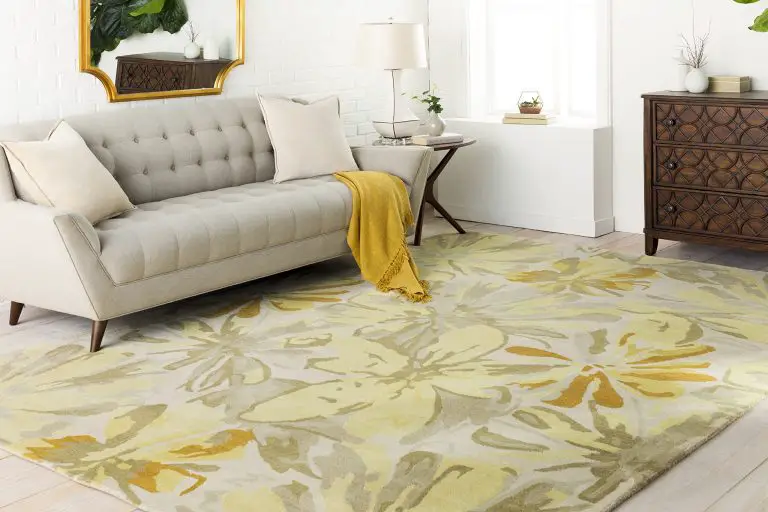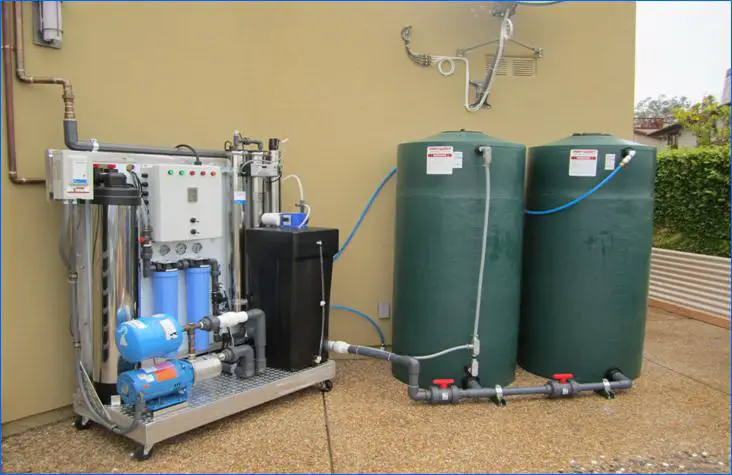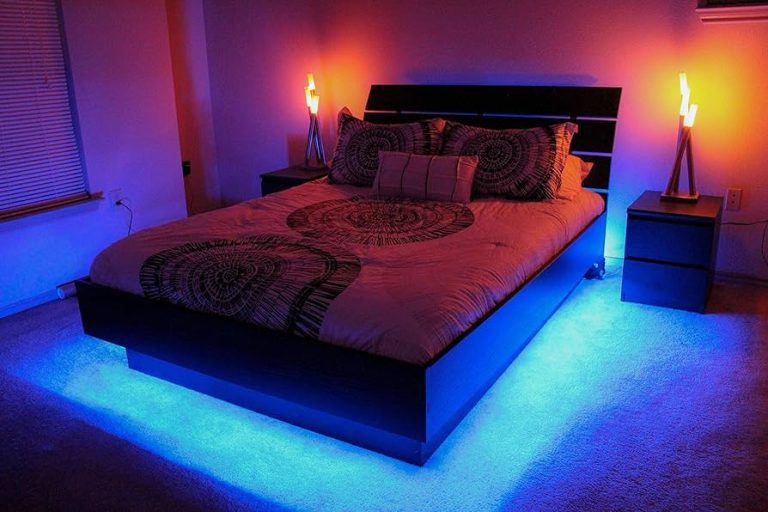What Glue To Hold Cabinets Together?
Glue is an important tool when it comes to cabinet construction. While screws and nails provide a strong bond, glue can provide additional support and stability to a cabinet, especially when it is holding together multiple pieces of wood. With the right choice of glue, cabinets can remain strong and secure for years to come. There are various types of glue available for cabinet construction, including wood glue, polyurethane adhesive, and epoxy resin. Each type has its own unique benefits and drawbacks that should be considered before making a selection.

Types of Glue for Cabinets
Glue is an essential tool to have in any home or workshop. It can be used for a variety of tasks, from repairing furniture to assembling cabinets. But what type of glue should you use for cabinets? It depends on the material and the job. For wood cabinets, a strong wood glue is ideal, while for plastic cabinets, a strong plastic glue is best. Construction adhesive is another option for heavier projects. For decorative elements, such as knobs and handles, a quick-drying epoxy is a great choice. Whatever type of glue you choose, make sure it is designed for the material of your cabinet, and that it will last for years to come.
Advantages of Glue for Cabinets
Glue is often overlooked as an important part of cabinet making, but it can provide a number of advantages over other methods of construction. Glue is strong, and durable and provides a lasting bond between materials. It is also easy to apply and can be used to attach different types of materials, such as wood, plastic, metal, and more. In addition, glue is less expensive than other methods of assembly and can be used to fill in any gaps or imperfections in the materials. Finally, it provides a clean, professional finish to cabinets and can add a unique look and feel to any room. With all these advantages, it’s no wonder why glue is an essential part of cabinet construction.
Choosing the Right Glue for Cabinets
When it comes to putting together cabinets, the choice of glue can make all the difference. Whether you’re building cabinets from scratch, assembling pre-made cabinets, or just making a few repairs, the right glue can keep your cabinets looking and performing their best for years to come. But with so many different types of glue on the market, it can be difficult to know which one to choose. We’ve put together this helpful guide to help you find the right glue for your cabinets. We’ll cover the best types of glue, the most important considerations when choosing a glue, and some tips to make sure your cabinets get the best possible hold. Once you’ve read this blog post, you’ll know exactly which glue to go with for the best results.
Preparing the Cabinets for Glue
Preparing your cabinets for glue is an important step in any DIY project. It’s essential to ensure the surface is free from dirt and dust so that the glue will adhere properly. To do this, start by wiping down the cabinet with a damp cloth to remove any residue. Once the cabinet is dry, use a putty knife to scrape away any rough spots or ridges. Finally, sand down the cabinets with fine-grit sandpaper to make sure the surface is completely smooth and ready for glue. With the proper preparation, you can ensure that your cabinets will look their best for years to come.
Applying the Glue to Cabinets
Cabinetry is a great way to add a unique touch to any room. But, if you want your cabinets to hold up for many years, you need to apply the glue properly. Applying the glue to cabinets is a simple process that requires the right supplies and a bit of finesse. First, you will need to prepare the surface, sanding it smoothly and ensuring that no dirt or debris is present. Next, you’ll need to apply the glue, using a brush or roller to make sure it covers the entire surface. Finally, you’ll need to press the cabinet panels together firmly, allowing the glue to set and bond the pieces securely. With a bit of time and effort, you’ll have cabinets that are strong and ready to stand the test of time.
Curing the Glue for Cabinets
Cabinet-making can be a tricky task but with the right tools and techniques, it’s much easier to accomplish. One of the most important aspects of cabinet construction is curing the glue. Curing the glue for cabinets ensures that joints stay strong and hold together for a long time. Learning how to cure the glue correctly will save time and money, making it much easier to construct cabinets. It’s important to use the right type of glue for your project and to pay close attention to the curing time specified on the product packaging. Following these steps will ensure that your cabinets are firmly and securely joined, making them durable and reliable. With a little patience and the right technique, you can easily cure the glue for cabinets and enjoy beautiful, long-lasting results.
Troubleshooting Glue for Cabinets
Troubleshooting Glue for Cabinets can be a tricky task. With the right knowledge and the right tools, however, it doesn’t have to be a daunting endeavor. Our blog is here to provide helpful tips and advice for identifying and resolving adhesive problems, so you can get back to enjoying your cabinets. From choosing the right glue for the job to proper application techniques, we have the information you need for a successful repair. So don’t let a sticky situation stand in the way of your success, dive into our blog and get the answers you need to get the job done right.
Cleaning Up Glue Residue from Cabinets
Cleaning up glue residue from cabinets can be a tricky business. While it may seem like a simple task, many of us have found out the hard way that trying to remove glue residue without the right tools and techniques can lead to frustrating results. Luckily, we’ve got all the tips and tricks you need to make sure your cabinets are looking as good as new. From using the right products to the right techniques, we’ve got you covered. With our help, you’ll be able to remove glue residue from your cabinets in no time. So don’t delay—let us show you how to get your cabinets looking their best!
Conclusion
Overall, the best type of glue to use to hold cabinets together is a strong, waterproof adhesive. It is important to select the right type of glue for the job to ensure that the cabinets remain firmly attached and secure. Different types of glue are better suited for different types of materials, so it is important to check what type of glue is recommended for the particular type of cabinet that you are assembling. With the right glue and careful application, cabinets can be held together securely for years to come.
